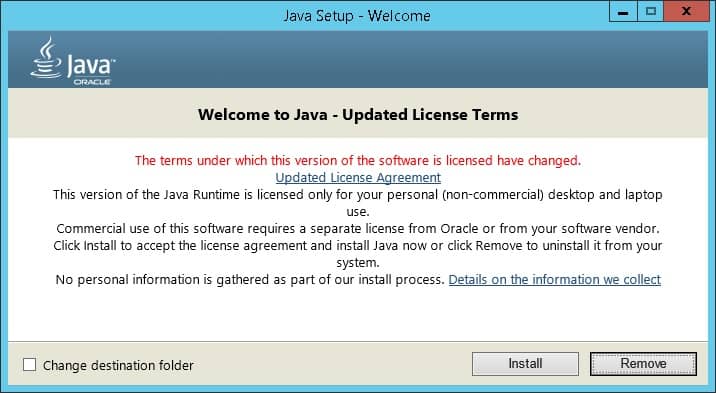

tgz file from Spark distribution in item 1 by right-clicking on the file icon and select 7-zip > Extract Here.Īfter getting all the items in section A, let’s set up PySpark. tgz file on Windows, you can download and install 7-zip on Windows to unpack the. I recommend getting the latest JDK (current version 9.0.1). If you don’t have Java or your Java version is 7.x or less, download and install Java from Oracle. You can find command prompt by searching cmd in the search box.

The findspark Python module, which can be installed by running python -m pip install findspark either in Windows command prompt or Git bash if Python is installed in item 2. Go to the corresponding Hadoop version in the Spark distribution and find winutils.exe under /bin. Winutils.exe - a Hadoop binary for Windows - from Steve Loughran’s GitHub repo. You can get both by installing the Python 3.x version of Anaconda distribution. I’ve tested this guide on a dozen Windows 7 and 10 PCs in different languages. In this post, I will show you how to install and run PySpark locally in Jupyter Notebook on Windows. When I write PySpark code, I use Jupyter notebook to test my code before submitting a job on the cluster.


 0 kommentar(er)
0 kommentar(er)
